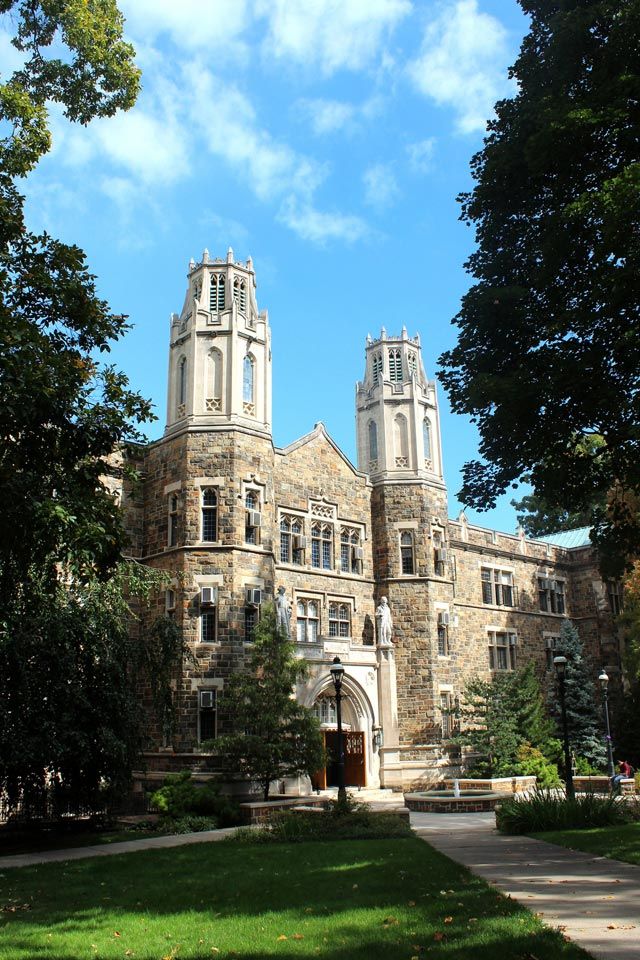Welcome to the 12th issue of Resolve, a magazine dedicated to research and educational innovation in the P.C. Rossin College of Engineering and Applied Science at Lehigh University.
There is little doubt that surging prices for gasoline and home heating oil are hitting many families hard, but they reveal only one part of the multifaceted picture of energy in the United States.
According to a new multidisciplinary group of researchers at Lehigh, the future of energy distribution and consumption can benefit from the advances in communications and the Internet over the past few decades.
The Integrated Networks for Electricity (INE) research cluster was established two years ago at Lehigh to add a layer of intelligence to the grid of power plants and substations that generate and distribute electricity to more than 300 million Americans.
The INE’s researchers believe that advanced software, computer architecture, sensing devices and other information technologies have the potential to transform America’s power infrastructure into smart grids that provide electricity more efficiently, cleanly and securely.
By providing consumers with information on the real-time prices and availability of electricity, and by enabling power plants to determine when consumers need power and how much they need, the smart grid will more precisely match supply with demand. It will also help utilities avoid costly periods of peak demand and power outages that have caused billions of dollars in damages.
The smart grid will also facilitate the generation of power from cleaner alternative fuel sources such as wind, waves and solar.
INE researchers represent an array of disciplines. They are electrical engineers and economists, computer scientists and mathematicians, industrial and systems engineers, and experts in power system electronics. This diverse group has a singular goal – to explore, and ultimately to manage and optimize, the flow of electricity, information and money in the power grid.
This issue of Resolve examines the work of our INE faculty and student researchers on page 12, and contains several other articles related to energy. Electrical engineers in Lehigh’s MOCVD (metalorganic chemical vapor deposition) and NanoPhotonics Group (page 18) are working at the nano-, micro- and macroscale to improve the efficiency of light generation and light extraction from LED semiconducting materials. In a collaboration with industry, mechanical engineers and environmental scientists are seeking to produce oil more efficiently from microalgae (page 15).
One of our engineering alumnae, Ann Murtlow ’82, is featured in this issue’s Q&A (page 8), where she discusses her career in the energy industry and her tenure as CEO of Indiana Power and Light. Other articles discuss efforts to make fuel from water and carbon dioxide (page 24) and to develop more heat-resistant heat-transfer fluids for solar power plants (page 7).
I hope you enjoy this issue of Resolve. Please drop me a note to share your thoughts and comments.
S. David Wu, Dean and Iacocca Professor
P.C. Rossin College of Engineering and
Applied Science

